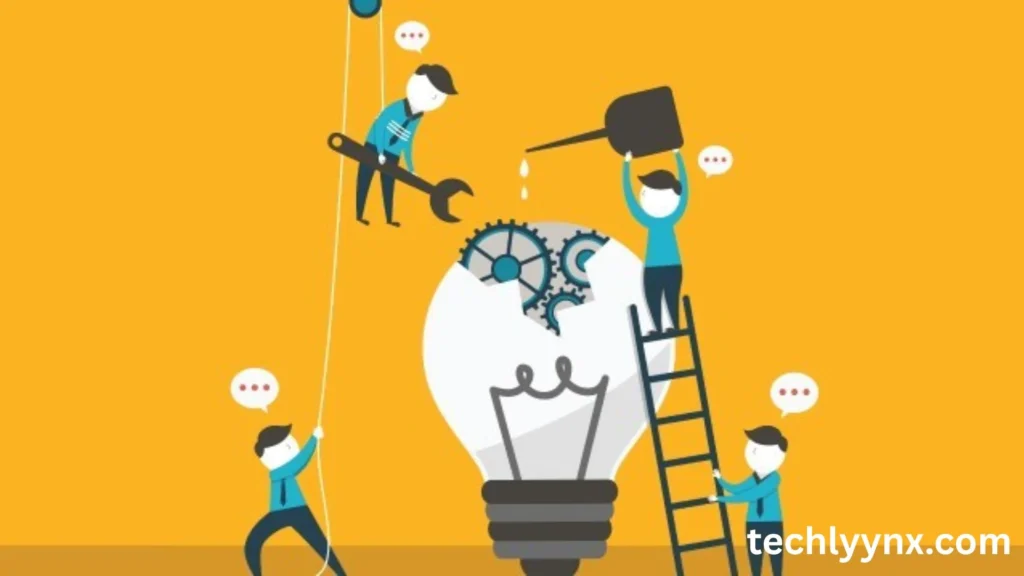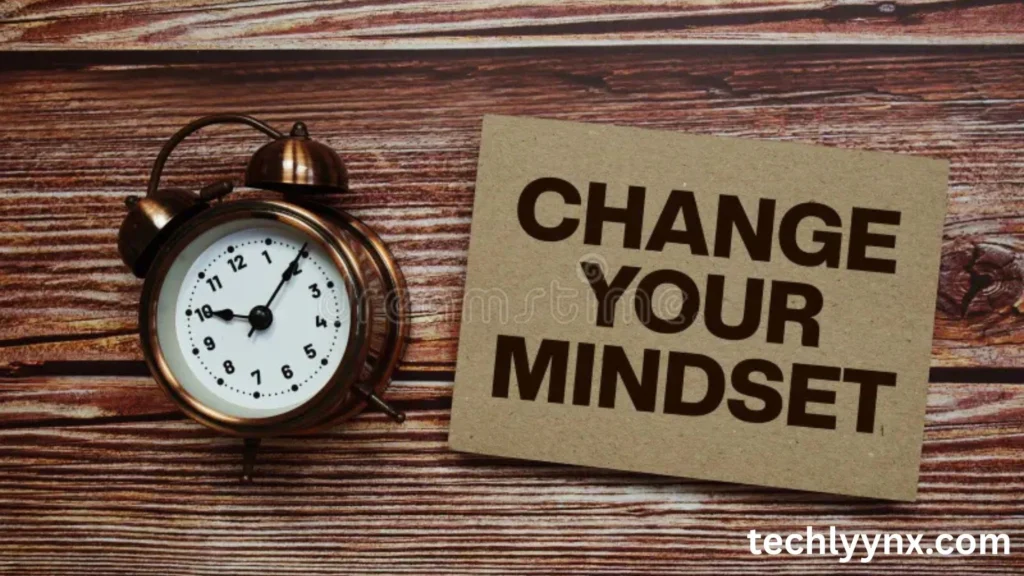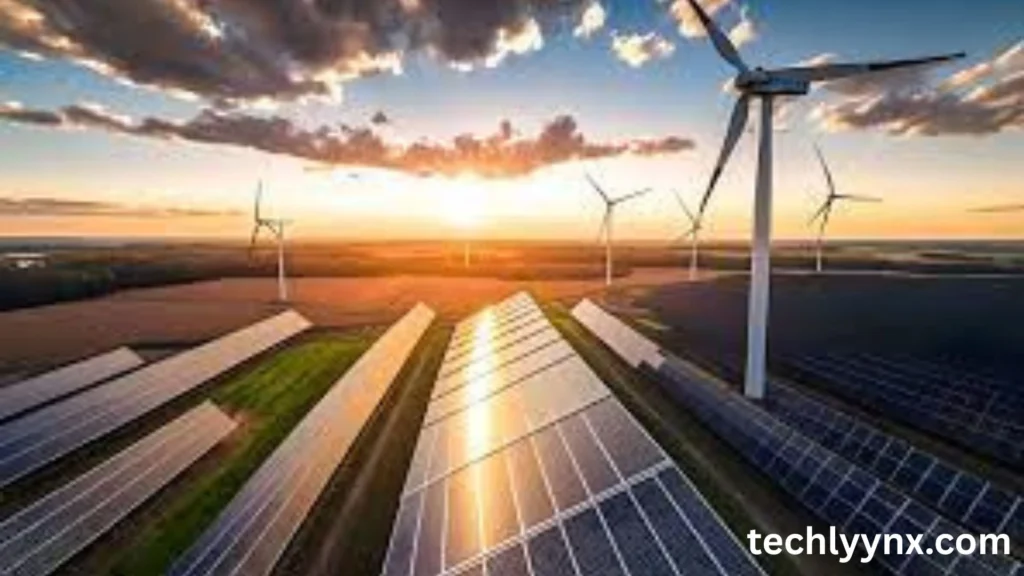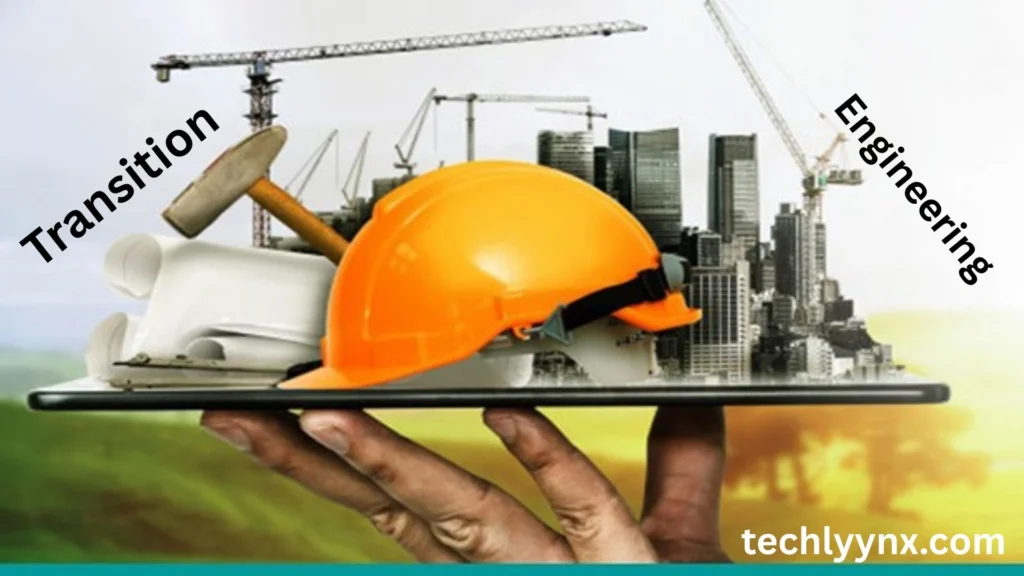The world is changing fast. Climate change, energy shortages, and pollution are challenges that affect us all. To build a better future, we need new ways of thinking and acting. That’s where transition engineering comes in. It’s a practical and hopeful approach that helps communities, industries, and governments make changes that truly matter.
Understanding the Problem

The mechanisms that support our current way of life were developed in a different era, when pollution wasn’t a big issue and resources looked limitless. Fossil fuels are a major component of the cities, transportation, and energy systems we have constructed. These methods are dangerous in addition to being antiquated. They are linked to environmental harm, excessive consumption, and increased emissions.
Transition engineering helps us look at these systems with fresh eyes. Instead of simply trying to reduce harm, it asks: What needs to change, and how can we change it in a way that actually works? It’s about long-term thinking and real-world solutions.
Transition engineering aims to avoid issues in the first place rather than address them after they arise. It focuses on identifying the underlying reasons of unsustainable activities and creating more effective future directions. Rethinking and revamping everything is the focus of this area, whether it’s how we move people, create food, or heat our houses.
A New Way to Think About Change

Most people agree that we need change—but knowing what to do is hard. There are thousands of opinions and ideas, many of them complicated or unrealistic. Transition engineering doesn’t promise magical fixes. Instead, it starts with facts, science, and what’s already possible. Then it creates small, steady changes that lead to big results over time.
Imagine a city with traffic problems, air pollution, and rising fuel costs. Rather than just adding more electric cars or building bigger roads, transition engineering would ask: Why are people driving so much? Are there safer, cleaner ways to help people get where they need to go?
Engineers, planners, and communities may create systems that facilitate and enhance walking, bicycling, and public transportation by addressing these questions. Making the right decision the simple one is the goal.
Transportation is not the only application for transition engineering. It has implications for building design, waste management, energy production, and more. This method of thinking can be helpful in any aspect of life that involves energy use or environmental impact.
People at the Heart of Solutions
Not just scientists and engineers can benefit from transition engineering. It involves individuals—regular people—who experience the consequences of the systems in place today. One of the things that sets it apart is that.
Transition engineering collaborates with communities to comprehend their needs and values rather than imposing changes from the top down. It provides tools for transformation while honoring history, culture, and local knowledge. To reduce expenses and emissions, a small municipality may collaborate with engineers to create a new heating system for nearby residences. Transition engineering could be used by a school to cut waste or convert to solar power.
Because it’s grounded in real life, this approach builds trust. People are more likely to support and take part in changes that make sense to them. Transition engineering gives them a voice in shaping the future.
And it’s not just about individuals. Businesses, cities, and even governments are using transition engineering to meet sustainability goals, save money, and become more resilient.
Real Examples of Transition Engineering in Action

The energy industry is one example. Coal and gas are still the main sources of electricity in many regions. Businesses are using transition engineering projects to assist them switch to alternative energy sources like wind and solar. But it examines energy use—and waste—rather than only altering power plants. This could entail enhancing building illumination, upgrading home insulation, or altering factory machinery.
Cities are rethinking commuting and redesigning streets through the use of transition engineering. In certain locations, new designs have made short distances by bicycle and foot faster than by car. As a result, neighborhoods become healthier and more livable while pollution is decreased.
Agriculture is another area. Transition engineering aids farms in improving soil health, conserving water, and using fewer fossil fuels. It helps farms remain lucrative and productive in a changing environment, in addition to making them greener.
Transition engineering can help hospitals and schools save money and lessen their carbon footprint. Over time, minor adjustments like smarter air conditioning or better lighting systems add up.
One element unites all of these projects: they adopt a systems perspective. Transition engineering addresses more than one aspect of an issue. It considers the larger picture and determines where change has the greatest impact.
Building Hope, Not Fear

News about rising prices, global instability, or climate tragedies can easily overwhelm one. However, transition engineering provides us with a valuable resource: a way forward.
Transition engineering demonstrates how each of us may contribute to the solution rather than placing blame or waiting for someone else to take action. Everyone has a part to play, whether they are engineers, designers, educators, builders, or entrepreneurs.
It also combines creativity, science, and teamwork. With the aid of these resources, we can create a better world for future generations as well as for ourselves.
Some changes might seem small—like switching to LED lights or riding a bike once a week—but together, these shifts make a big difference. Transition engineering shows us that the future isn’t something we just inherit. It’s something we can design.
And the sooner we start, the better our chances are of avoiding the worst outcomes and creating something better than we thought possible.
At the End\
Transition engineering is more than just a passing fad or trendy term. It’s a sober and realistic method of tackling the most pressing issues of our day. It transforms engineering, research, and collective understanding into tangible, useful change.
Transition engineering assists us in rebuilding systems in our homes, cities, workplaces, and farms in ways that are more sustainable, equitable, and safe. We learn from it that change need not be frightening. It can actually be intelligent, steady, and even thrilling.
As more individuals and locations embrace the concepts of transition engineering, we’re redesigning the world rather than merely responding to a broken one. One step at a time. A single intelligent system at a time. Additionally, always keep the future in mind.

